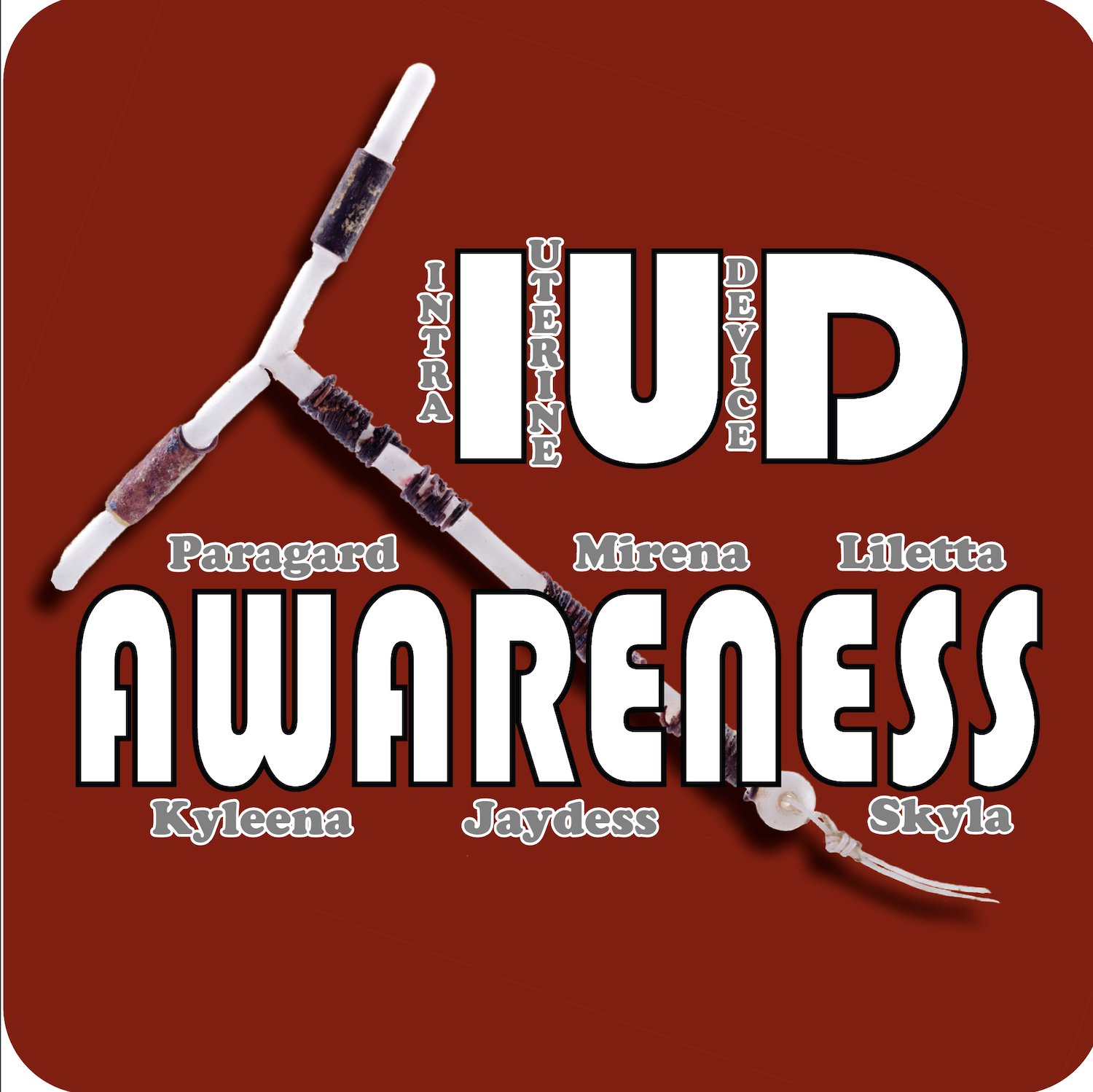Birth Control Options You Should Know About
/“These guidelines coincide with the introduction of two non-Pill options. The IUD Skyla, launched in 2013, is wearable for three years (instead of five), releases a lower dose of hormones than its big sister, Mirena, and has been found to be safe for women who haven't had children as well as those who have. A sleek new diaphragm, Caya, expected to launch later this year, is one-size-fits-most and easier to insert than previous models. It may appeal to women who don't like hormonal contraceptives, despite experts' reassurances about safety.”
“Consumers can be skittish, too. Dalkon Shield shook a generation of women who may be hesitant to consider a new form of birth control. Their doctor may not be able to allay their concerns. A 2012 study conducted by researchers at the Centers for Disease Control found that 30 percent of providers had misperceptions about the safety of IUDs (e.g., believing they shouldn't be used by women who haven't had children). "Many doctors don't even stock IUDs, because they can't afford the inventory," adds Dr. Espey. The Pill, which has been around since the '60s and can be skipped, stopped or restarted without a doctor's involvement, also gives women a sense of control. "There's something appealing about having agency over one's health care decisions," Dr. Espey says.”









